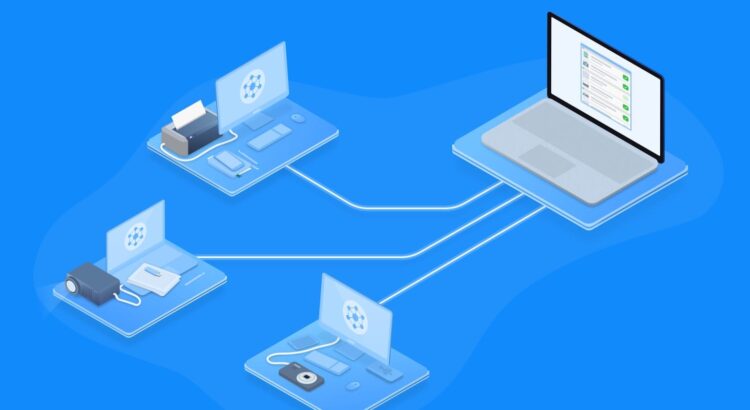Remote network access refers to any way by which workers can access computer software and hardware systems without actually being at the location where those devices are located. While there are probably all kinds of different ways of thinking of remote access, in a very basic sense remote access lets individuals to access enterprise-based computer systems and programs without actually connecting physically to them. For instance, employees who are constantly working remotely from their homes can make use of remote network access to access applications and data stored on the enterprise network. In this article we’ll take a look at what remote network access is and how it can be useful to employees, both current and perhaps future.
There are two major uses of remote network access. The first is for organizations who want to be able to troubleshoot hardware issues they have access to or the software that is running on these devices. By troubleshooting, it’s meant that they get to do things like see why a device isn’t responding to certain functions, such as whether a printer is responding to an email, for example. This is especially useful in very technical environments, but also has some significant benefits when it comes to remote network access.
Security is the other major use of remote network access, and this is usually carried out through secured VPN connections. A VPN, or Virtual Private Network, is a way of establishing a connection between your computer and the one you want to connect to. The benefit here is that through this secure tunnel, you are able to establish multiple secure connections, which means that if one connection gets disabled (for whatever reason), your other connections will be unaffected. For example, you might have company systems that are spread around the world, and each employee has access to a VPN connection through his or her own location. If one of these systems were to go down, the others would still be able to continue operating because of the VPN.
File sharing is another advantage to using VPN. You can set up a secure VPN tunnel that enables you to access a file server at any location. With file sharing, your employees can work remotely by downloading the required software needed to access the file server (which typically means they have to download a free piece of software). Then they can access the files they need to from wherever they are. This type of Remote Viewing is possible because the person using the VPN does not have to share the file they are viewing, just the space where that particular file is stored.
Of course, this is only one example of how VPN can help people when it comes to remote working. Another is a form of encryption known as encryption VPN. This works in much the same way as vPN, but instead of having two separate networks, you can establish a connection between them using VPN. You could also use encryption VPN for things like remote desktop. With this kind of connection, you can work from anywhere in the world and connect to your work station there.
Finally, you can also work with remote workstation through the use of SSL/TLS. This is a form of encryption that ensures your sensitive data cannot be accessed by unauthorized users. Instead, you can make sure that only you and authorized employees have access to it. This way, you are sure that sensitive data is safe even when using the cloud.




